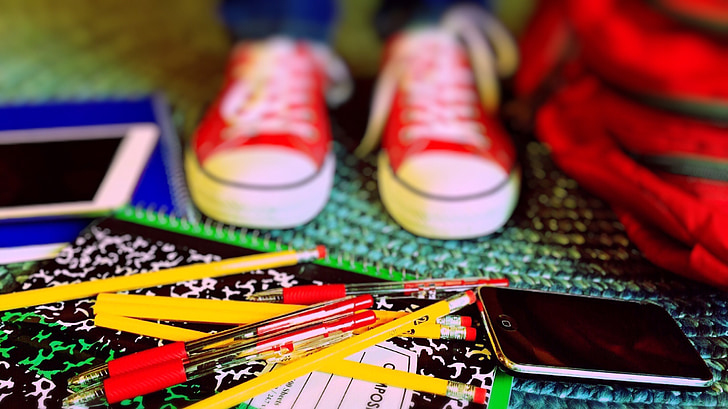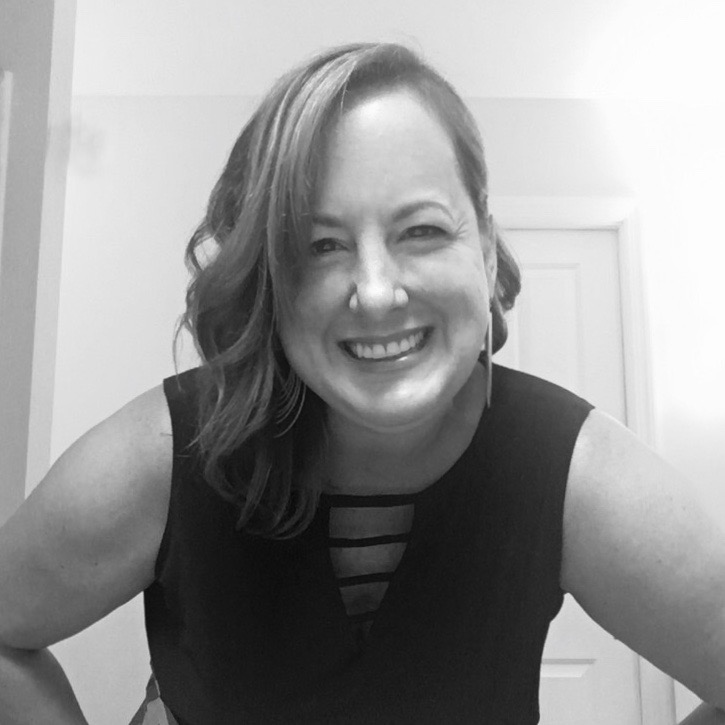OPINION: LET’S BE SURE TO GET IT RIGHT BEFORE WE REOPEN OUR SCHOOLS

Photo:Pickpik
Editor’s note: The column appeared previously in The Daily Hampshire Gazette.

As we all know, the line between school ending and summer beginning was a blurry one. Most administrators, teachers, counselors and school staff are either still working or worrying their days away.
Some of this work is inspiring beyond measure. On June 27-28, I attended a “Dismantling White Supremacy Culture” conference for 1,000 educators across North America (close to 70 from Amherst) that shattered and then expanded my worldview. A week later, I spent time in personal and professional dialogue with other anti-racist attendees who then worked to begin crafting a visionary action plan for ourselves, our high school building, and our curriculum.
This week, I met with an administrator, and then teachers in my department, to craft tentative new “block schedule” teaching assignments. Rather than simplifying things because we are living in a pandemic, our bold new structure would center anti-racist teaching even more than before, using “Essential Social Justice Questions” to guide English coursework from grades 9 to 11 and offering creative hybrid electives for seniors.
Of course, this is what educators do. All of our decisions hinge on what is best for kids. This is true now more than ever — as we try to fashion a solution to schooling during COVID-19.
Initially, as the pandemic dragged on, my desire to serve my students in person only grew. I worried not only about the negative effects of disrupted schooling but also about students’ lost social connections, access to meals, counseling, special education services, athletics, and clubs.
In my impatience, I silenced those who said it was too dangerous to return to school this fall, trying to convince them it would all be “just fine” and we could not delay it any further.
But I’m with them now.
I came to my current position that we should not rush our return to high school through not just careful investigation — using science as my guide — but also by listening to others’ concerns, visualizing the current plan playing out in real time, and observing how parents in our community are currently protecting their children from the virus.
I don’t feel the need to cite widely accessible studies about the dangers of respiratory droplets, groups of people removing their masks to eat inside poorly ventilated spaces, or steamy school buses in winter. I will say that no matter how many masks or bottles of hand sanitizer we distribute, I no longer believe it is safe to rotate more than 900 high school students in and out of the ARHS building.
Under the current plan, students are slated to attend school two days a week, in groups of about 450 at a time, with one day for cleaning in between. To accommodate the rotating students, who would move from class to class during the day, teachers would teach four days in person, usually four hours at a stretch, and would have one day at home to plan for the next cycle and communicate with students and their parents.
Who will guide the three days of students’ virtual instruction at home? What will happen when a student or teacher gets sick? What if students and teachers decide that coming back to the building is not a risk they are willing to take?
Brene Brown, author of “Dare to Lead,” says that when faced with challenges like these, we must discard Armored Leadership, which centers us in “being a knower and being right,” over Daring Leadership, which emphasizes “being a learner and getting it right.” “I am not here to be right,” she says, “I am here to get it right.”
For me, getting it right in this moment means being creative. It means doubling down on robust remote learning and finding ways to build community in outdoor spaces as much as possible. It means asking teachers to teach one new way really well, instead of three ways at once.
Getting it right means listening. Listening to our students and colleagues with underlying medical conditions, to our co-workers over 50, and to those with vulnerable family members.
It also means looking carefully at how parents have continued, month after month, to approach their families’ protection from this virus: by restricting their children’s indoor contact with friends; limiting their children’s outings; enrolling their children in virtual camps or summer schools; increasing time spent outdoors; and opting to work remotely rather than in person, whenever they have the choice. Many parents and grandparents will balk at the idea of opening their children’s quarantine bubbles so rapidly just six weeks from now.
Last but not least, getting it right means thinking about whether we are OK with even one person getting sick and dying because we returned to school prematurely. Our students or their family members? Our own children? Our parents, spouses, partners, or friends? Ourselves?
Nothing would make me happier than for September to roll around with a sale on school supplies, a firing up of the big yellow buses, back-to-school selfies with my kids in the driveway, and the reopening of my dormant classroom. But this September can and should be different.
Please, let’s stop forging ahead with an overly optimistic plan for education as usual as new cases and deaths surge across this country. Let’s get this right and focus on the only thing that really matters: saving lives.
Sara Barber-Just has been a teacher at Amherst Regional High School for 22 years and is currently the head of the English Department and adviser to the school newspaper, The Graphic. She originally wrote this testimony to be shared with the Amherst School Committee.
